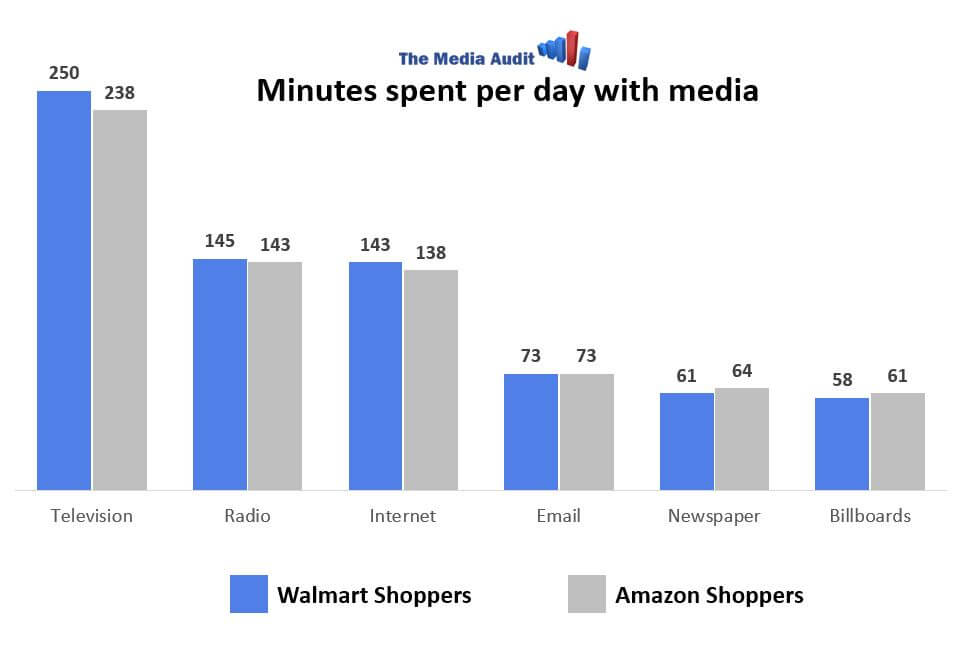30 Nov While Cyber Monday Grabs Headlines, TV Helps Black Friday Retailers Deliver Results
Only 1% of Total Holiday Retail Sales Occurred Online During Cyber Monday
It has been roughly 20+ years since consumers began their embrace of internet shopping, however, much-hyped Cyber Monday online sales only represent about 1% of total holiday retail expenditures. According to the National Retail Federation, total “holiday season” retail sales were $655.8 billion in 2016, and are expected to reach $682.0 billion this year. Those massive numbers overshadow the meager $6.59 billion in online sales reported by Adobe Analytics from this past Monday.
Press coverage surrounding “record-setting” online Cyber Monday sales has often ignored the fact that brick-and-mortar retail stores still dominate when it comes to attracting holiday shopping dollars. Cyber Monday is, at this point, just a drop in a giant bucket. Many brick-and-mortar stores are well positioned to take advantage of their local presence with physical locations in the towns and cities where their customers actually live.
Online sales experienced growth this year, but the National Retail Federation reported that “in-store only” shoppers and those that shopped “both in-stores and online” represented 67% of shoppers during the period from Thanksgiving Day to Cyber Monday. “Online only” shoppers only constituted about 1/3 of consumers during five days between Thanksgiving Day and Cyber Monday.
For example, Walmart and Amazon both benefited from strong sales over the five-day period. However, Walmart aggressively pursued traditional in-store shoppers, as well as hybrid shoppers that want to order online, and then pick-up their purchases at a local store. In fact, last year, Forbes reported that 64% of Americans who purchased online, picked up their items at a physical store location and made additional in-store purchases during the Thanksgiving weekend. This ability to pick-up purchases at a local store resulted in the average “in-store & online” combination shopper spending $82 more than the average “online only” shopper. Perhaps this approach is also why Walmart retail sales last year totaled $482 billion, and Amazon trailed behind at $136 billion.
This reality is good news for local brick-and-mortar retailers, as well as local media outlets. The largest television advertisers are often stores like Walmart and other retailers in the local markets. Data from The Media Audit shows that Walmart shoppers spend the majority of their media time with television, watching over 250 minutes on average, per day. Furthermore, Amazon shoppers also spend most of their media time with TV, clocking in at 238 minutes per day. Interestingly, Amazon shoppers spend less time on the internet than Walmart shoppers, spending only an average of 138 minutes a day online, vs. 143 minutes for Walmart customers.





No Comments